A Swiss research team has managed to get a monkey with a spinal cord injury to walk – by artificially transmitting nerve signals past the damaged area to its legs. The technique could be used on humans in the future, according to the researchers.
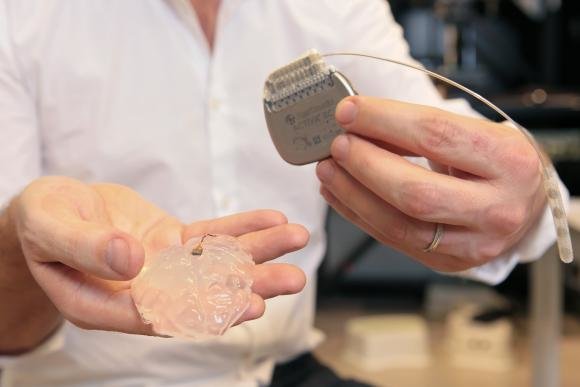
The researchers put small electrodes on the part of the brain that controls the monkey’s legs, that is, the left part of the motor cortex. These electrodes collected and sent nerve signals to a computer which in turn converted them into electrical signals.
These signals were then wirelessly sent to a receiver in the spinal cord on the other side of the injury, telling the nerve cells in the spinal cord to move the legs.
“The system we have developed uses signals recorded from the motor cortex of the brain to trigger coordinated electrical stimulation of nerves in the spine that are responsible for locomotion,” said David Borton, assistant professor of engineering at Brown and one of the study’s co-lead authors. “With the system turned on, the animals in our study had nearly normal locomotion.”
Although the experiment is built with technology that is directly transferable to humans, the researchers stress that there is still much to do before this interaction between technology and biology is to function for humans with spinal cord injuries. They also point out some limitations of the study.
The system they used is a one-way transmission of signals from the brain to the legs, it lacks the ability to return sensory information to the brain. The team did not test how much pressure the animals were able to apply to the affected leg.
“In a full translational study, we would want to do more quantification about how balanced the animal is walking and measure the forces they’re able to apply,” Borton said.
But despite the limitations, the research sets the stage for future studies in primates and, at some point, potentially as a rehabilitation aid in humans.
The study was performed by scientists and neuro-engineers in a collaboration led by Ecole Polytechnique Federale Lausanne (EPFL) in Switzerland, together with Brown University, Medtronic and Fraunhofer ICT-IMM in Germany. It has been published in the journal Nature.
Reference:
Marco Capogrosso et al. A brain-spine interface alleviating gait deficits after spinal cord injury in primates. Nature, 2016. DOI: 10.1038 / nature20118



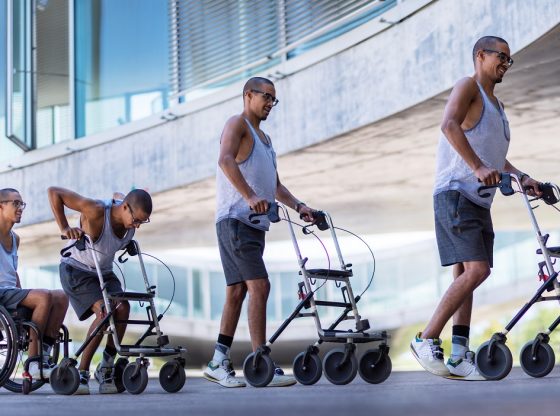


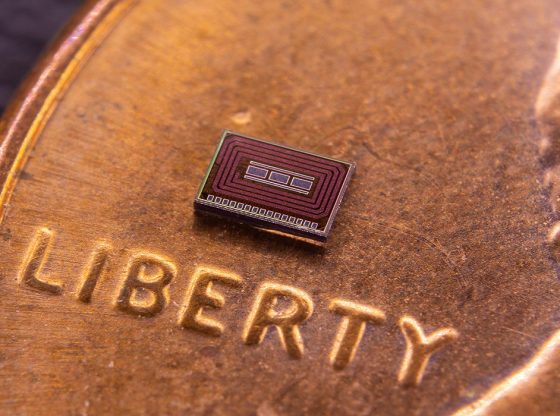
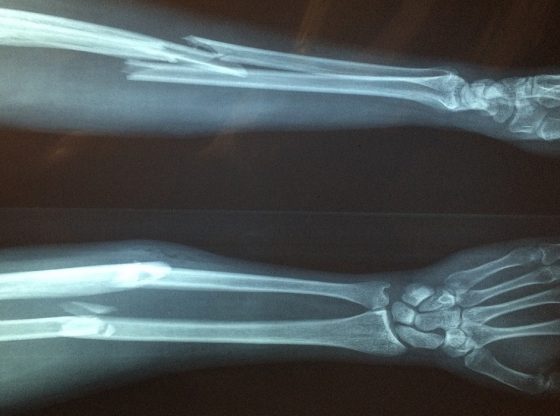


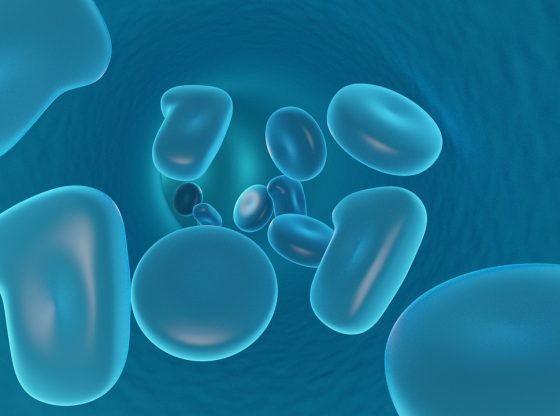
![OpenAI. (2025). ChatGPT [Large language model]. https://chatgpt.com](https://www.illustratedcuriosity.com/files/media/55136/b1b0b614-5b72-486c-901d-ff244549d67a-350x260.webp)
![OpenAI. (2025). ChatGPT [Large language model]. https://chatgpt.com](https://www.illustratedcuriosity.com/files/media/55124/79bc18fa-f616-4951-856f-cc724ad5d497-350x260.webp)
![OpenAI. (2025). ChatGPT [Large language model]. https://chatgpt.com](https://www.illustratedcuriosity.com/files/media/55099/2638a982-b4de-4913-8a1c-1479df352bf3-350x260.webp)








